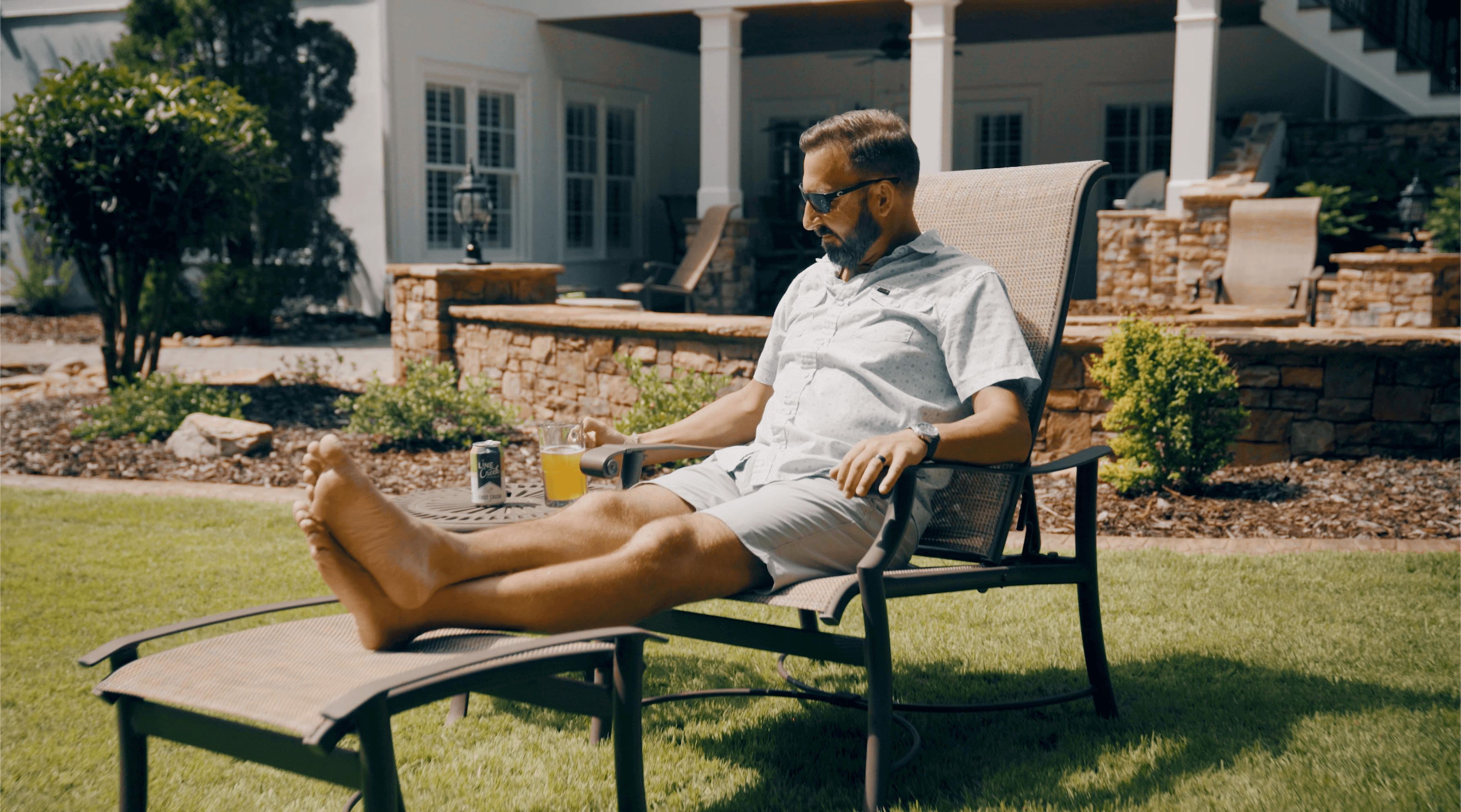Spring Dead Spot is a prevalent disease in Bermuda grass; it can be very persistent and destructive. It is caused by harsh winters where Bermuda has been exposed to freezing temperatures for extended periods of time. It may also be observed in Zoysia grass, although less frequently. It especially occurs in turf with a heavy thatch layer or turf that is three to six years old. As the turf comes out of dormancy and starts to “green up,” you will notice prominent circular patches of dead, bleached-white patches. The areas of turf not affected continues to grow and green up, making the diseased areas more noticeable. The roots, rhizomes and stolons of the turf become dark-colored and thin. The dead patches may reach two to three feet in diameter and may persist throughout the summer. Because recovery is slow, the symptoms may very well remain seen in the same location the following spring. Patches can grow larger each year and may become infested with weeds inside the dead turf.
Cultural practices are particularly effective for managing Spring Dead Spot. Soil that is compacted has excessive thatch and/or has poor drainage is more susceptible to the disease. Core aeration is very beneficial in reducing compaction and it is recommended to perform this process every year during the growing season. The lawn also needs to be receiving the correct nutrients at the optimum times throughout the year. Contact us today if you are not already on our Bermuda/Zoysia program or if you are and are in need of core aeration this spring.








